Overwatch 2 recently revealed tons of content coming to the hero shooter over the coming months, ranging from season 15 additions like Perks, season 16 additions like Hero 43 Freja and Stadium, and even gave a little glimpse of a future hero currently codenamed Aqua. It’s hard to say how it will all shake out of course, but everything is exciting.
As part of this reveal, Blizzard invited Game Rant (as well as other media and content creators) to its studio in Irvine, California to get a little hands-on time with some of this upcoming content for Overwatch 2. We played about 90 minutes in standard, open queue matches with perks and Freja available, as well as 90 more minutes in the Stadium Mode.
Everything discussed here is in development and subject to change, especially Freja and the Stadium Mode.
Overwatch 2’s Perks Are a Natural Fit
Our biggest takeaway when it comes to Overwatch 2‘s perks is how naturally they fit into its gameplay. Operationally, they feel like something that could have been in the game since day one. Throughout a match, players build up a gauge based on performance, and filling that gauge will let players pick between a couple of perks. Blizzard expects that most players will get the first perk roughly a third of the way through the match, with the second coming roughly halfway through. It’s worth noting that swapping heroes in Overwatch 2 will reset the perk gauge, meaning players lose what they’ve picked so far and have to restart with no perks. However, there are catch-up mechanics in play that will see players advance faster if the swap is done later in the match.
Some major perks replace entire abilities in Overwatch 2, while minor perks can be ways to get a quick stat boost. Some even allude or straight up go back to the classic Overwatch 1 days. They run the gamut, meaning it’ll be interesting to see how perks affect pick rates and, likewise, which perks are picked the most. They can be useful in changing strategies, being ways to react to hard counters, or providing more options when facing a hard counter in Overwatch 2. Now, while they do vary from hero to hero, they alone do not seem like argument enough against swapping heroes in gameplay, nor did our brief time with them make any imbalances obvious. Overall, they are a new layer to Overwatch 2 gameplay and strategy that fits like a glove, and it’ll be interesting to see how they are tweaked and modified going forward. Blizzard stands ready and willing to make any necessary adjustments once perks are in the live game, but they are a simple (on the surface), fun addition to the gameplay loop.
Overwatch 2’s Freja is Deadly in the Right Hands
Because we were in an open queue, we only spent half of one match with Freja. That’s not enough time, for sure, to develop a strong opinion of her, but based on that limited time with her and how she played with other DPS players, she’s a clear threat on the field. Blizzard has billed her as one of the higher-skilled heroes in Overwatch 2, and that lines up. Her abilities allow her to quick dash (while reloading) to get out of a bad position or into a good one quicker, while her Updraft ability lets her claim some of the higher ground more quickly. Her crossbow’s primary fire can deal a lot of damage quickly, but her alternative fire is where she shines.
With her alternative fire, known as Take Aim, she can fire an explosive bolt that damages upon impact and explodes later. It can be a great way to lay traps for pursuing enemies and make tight areas even more dangerous for opponents, but where it really shines is sticking an opponent. Freja shines in the back lanes where she can pick at opponents, and if players set everything up right, they can hit an opponent with the bolt, get in a couple more shots (just to be sure), and then get a kill pop-up on screen later which is incredibly satisfying. In the right hands, Freja is an absolute monster on the field and her gameplay is extremely satisfying. Even after just half a match with her, it was clear she’ll make a splash in the Overwatch 2 meta come season 16.
Overwatch 2’s Stadium is a Nice Change of Pace
Where Perks are an addition to the standard gameplay loop and Freja is a new hero, Overwatch 2‘s Stadium is something brand new, fun, exciting, and somewhat overwhelming (in mostly good ways). It is a best-of-7 series of shorter matches across various maps. Each game match (game mode and map) is smaller than usual, but enough that players can still get into some competitive back and forths. The first to four wins the entire match, although there is a Mercy rule where if one team dominates out of the gate and wins the first three matches, they take home the overall win. Between matches, players can “build” their characters with a selection of mods and Powers. Mods are purchased with a currency earned based on performance in each match, whereas Powers can be selected on odd-round matches (round 1, round 3, round 5, and round 7). Oh, and it’s in third person.
There’s a lot to unpackage here, and of all the big swings and changes coming to Overwatch 2 this year, Stadium seems to be the biggest. The best-of-7 series setup is incredibly interesting, although it’s worth noting that players cannot change heroes at any point. Once they pick their initial character (of which there will be slightly less than 20 heroes available in this mode at launch), they are locked into them until the overall match is over. Blizzard explained that this is because the intent is for players to build their heroes and maximize that hero fantasy; that’s also why not every single person is on the roster from the get-go. It requires a lot of testing to get a Hero into Stadium without breaking it, especially when part of Stadium’s appeal is breaking characters, sometimes in funny ways like a flying Reaper. Perhaps with some heavy penalties, I do wish character swapping was still possible in Stadium, but I understand why it’s not.
Once players step into a Stadium match, there’s a lot of information about maps, game modes, Mods, and Powers to digest. Information overload is definitely a thing, even if there are other ways to check the info beforehand, but luckily there is a starter build tab that leads players through the selection process with suggestions of when to grab something. Starter Builds are meant to help players get accustomed to Stadium and are as simple as saying “Don’t want to aim as Soldier 76? Take these Mods and Powers. Want to blow everything up as Soldier 76? Take these.”
Throughout Stadium, players are essentially encouraged to buy and sell mods (there is no penalty for doing so). Players can start off with weaker, cheaper mods of a lower rarity that they can replace as they move throughout the game mode. While the higher rarity mods do have extra effects, most of the mods do fall into the “statistical upgrade” scenario. Represented by a counter in the purchase screen, players essentially upgrade their health/shields, ability power, weapon power, attack speed, and cooldown reduction. Mods do represent the more basic upgrades with some slight changes, but Powers are appropriately game-changing.
Powers can range from game-breaking to ridiculous, like the aforementioned flying Reaper. They can trigger abilities under certain circumstances, connect abilities together, and sometimes serve as stronger Perks from the base game. Powers are drawn from OW1, OW events like Junkenstein’s Lab, and much more, and it doesn’t seem that balance is a concern. It’s a way to bring in things from the cutting room floor, to allow a little more fun into a match, and just let players loose (within reason). Even with less than half the roster, Powers made each Stadium match a little more ridiculous with each acquisition, and it’ll be extremely fun to see how it all works when all Overwatch 2 characters make it into Stadium.
Third-person is also a fun addition to Overwatch 2, with developers explaining that the rationale was just to see how ridiculous things could get. Although, it’s the small details that also stand out. New animations had to be made for some abilities because of the new perspective, while seeing Lucio’s effect on your feet is also grin-inducing. It’s perhaps an unnecessary addition to Stadium, but it’s a fun, silly one. And that kind of summarizes Stadium overall: it’s a little silly fun in the world of Overwatch 2, specifically from a gameplay perspective.
Overall, Blizzard has planned a fun year for Overwatch 2. How it all shakes out remains to be seen, but everything from Perks to Stadium knows how to make a first impression. Whether nuanced additions or game-breaking silliness, it’s clear how heavy-handed Blizzard will be with adding even more fun to Overwatch 2‘s core features.
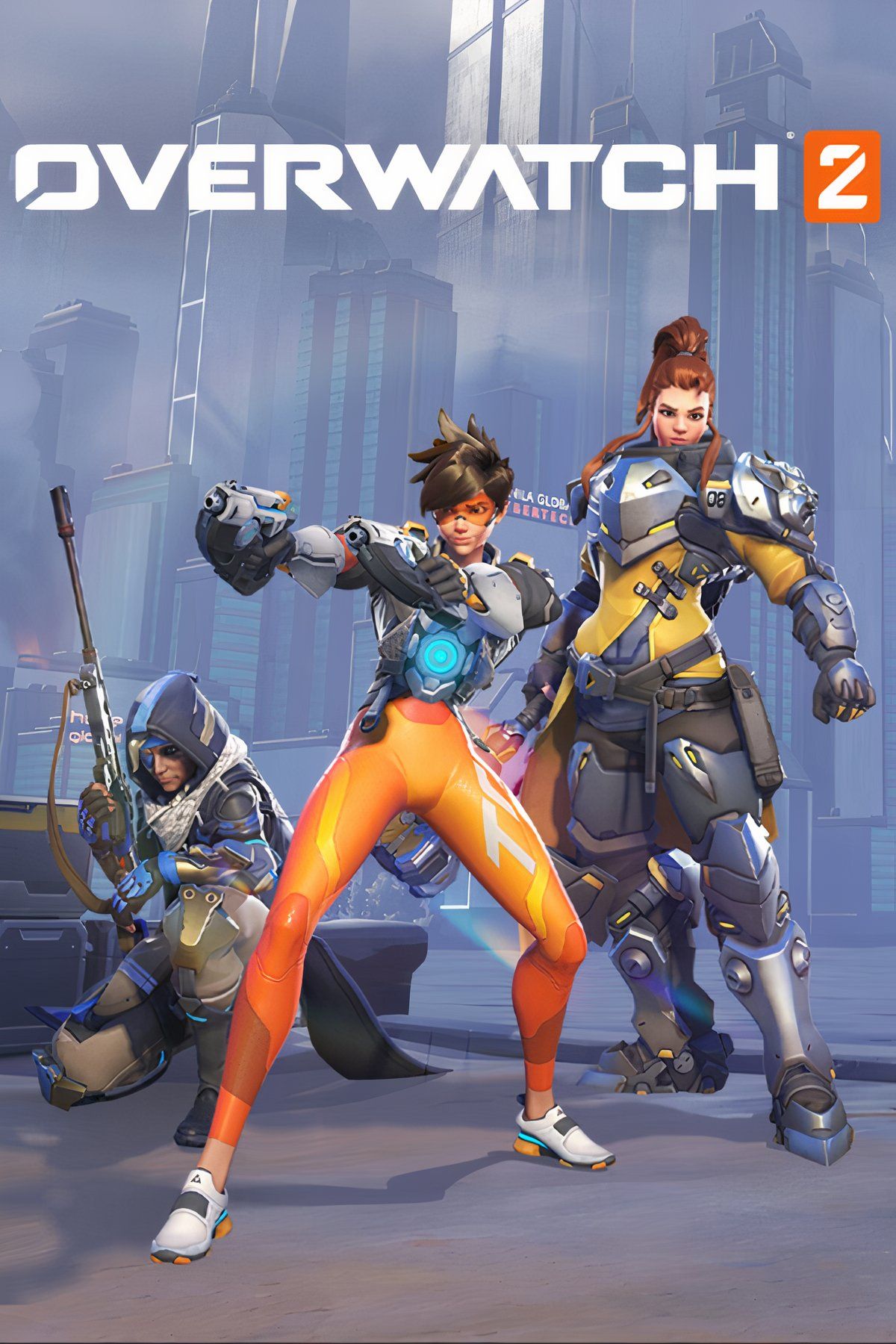
Overwatch 2 is an always-on and ever-evolving free-to-play, team-based action game set in an optimistic future, where every match is the ultimate 5v5 battlefield brawl. Power up your railgun and disrupt the battlefield as Sojourn, or yield your axe and command attention as Junker Queen. Battle to take control of a robot and move it toward the enemy base in the new Push Mode. Bring the fight to new destinations across the globe in iconic locations like New York, Rome, Monte Carlo and Rio. Daily challenges and frequent updates mean there is always something new to play.
- Released
-
October 4, 2022
- ESRB
-
T
Game Rant was provided travel and lodging for the purposes of this preview.
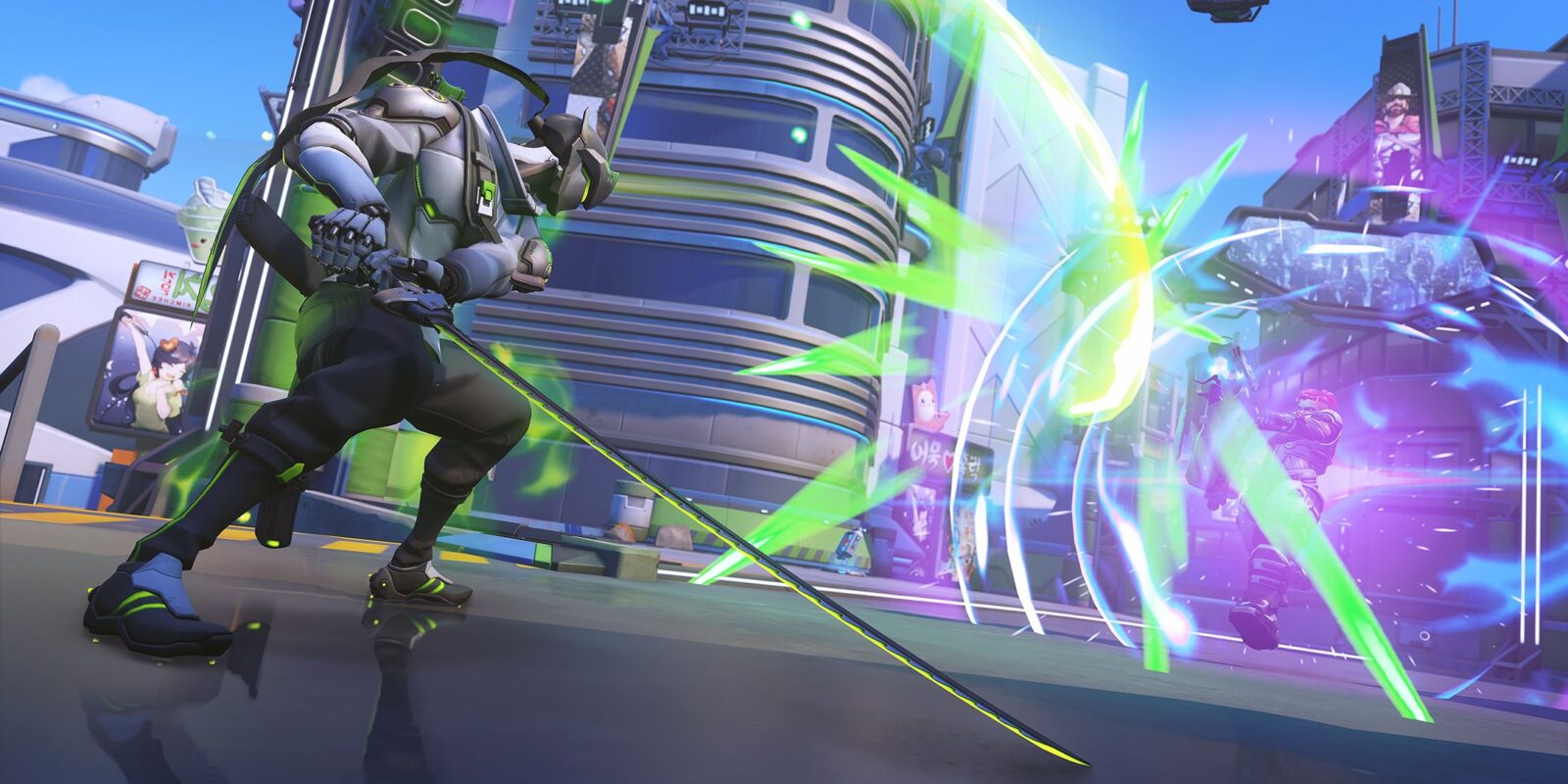
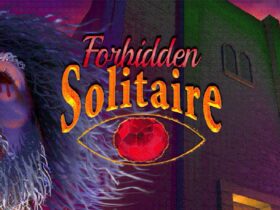



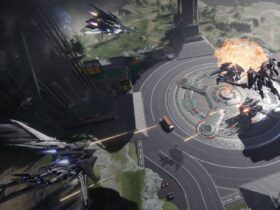


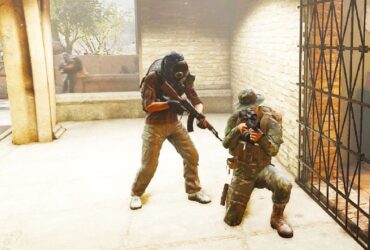
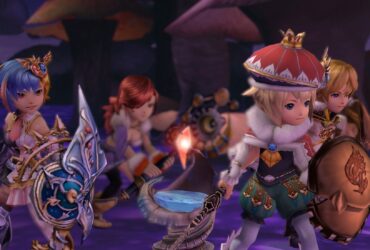
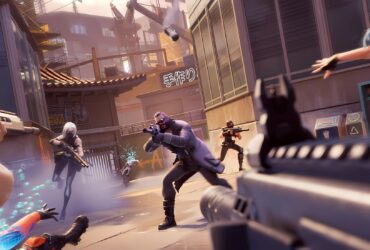
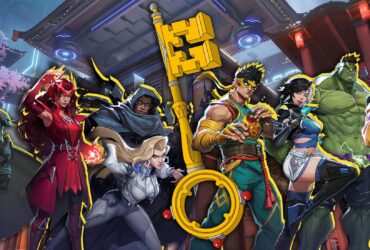
Leave a Reply